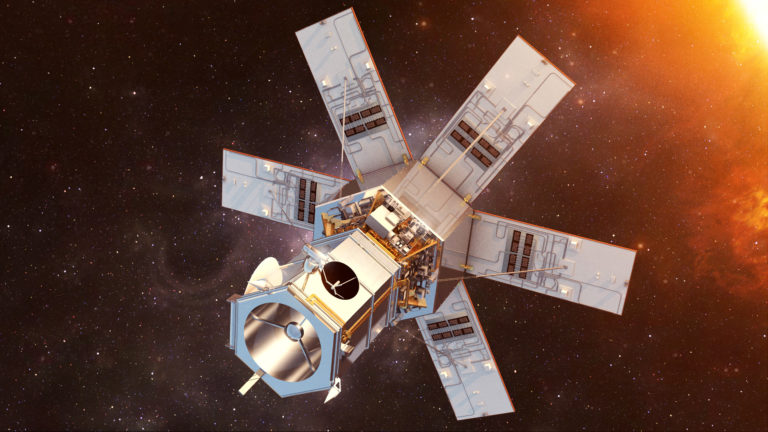
Has Google Assistant shown up on your Google Maps yet?
After weeks of quiet testing and stormy anticipation, Google has finally rolled out Assistant integration within Google Maps this week. And for a change, iOS customers are also receiving the much-awaited update at the same time as Android users.

Image courtesy: 9to5google
Looking at the screenshots shared by 9to5google, it’s evident that Google has kept the functionality as nonintrusive as possible, so your focus is not diverted from the road. The microphone in the top-right corner is now multi-colored, denoting Assistant’s presence, while the hot words ‘OK Google’ and ‘Hey Google’ work just as well.
If you’re using Google Maps for navigation while driving, here’s everything you will be able to do without touching your phone:
- Share your ETA with friends and family
- Reply to text messages with auto-punctuation (oh, yeah!)
- Place calls
- Play music and podcasts
- Search for places like gas stations or restaurants along your route
- Add a new stop
- Ask for weather information
- Check your calendar for meetings and appointments
Since Android is Google’s home turf, its feature list for Android users is even more robust. Starting a journey will be as simple as saying “Hey Google, take me home,” or “OK Google, take me to work.” The Assistant is also compatible with a variety of messaging services on Android. WhatsApp, Facebook Messenger, Hangouts, Viber, Telegram, Android Messages, SMS – all can be accessed from within Google Maps.
We think it’s pretty cool that Google Maps is now more equipped than ever to give users a complete hands-free navigation experience. While many of these functionalities were already available in Android Auto, the user base for Google Maps is much, much wider. Bringing Assistant to Maps means that Google will be able to provide a distraction-free navigation experience not only to drivers, but also to those who are biking, navigating by foot, or using public means of transportation.




